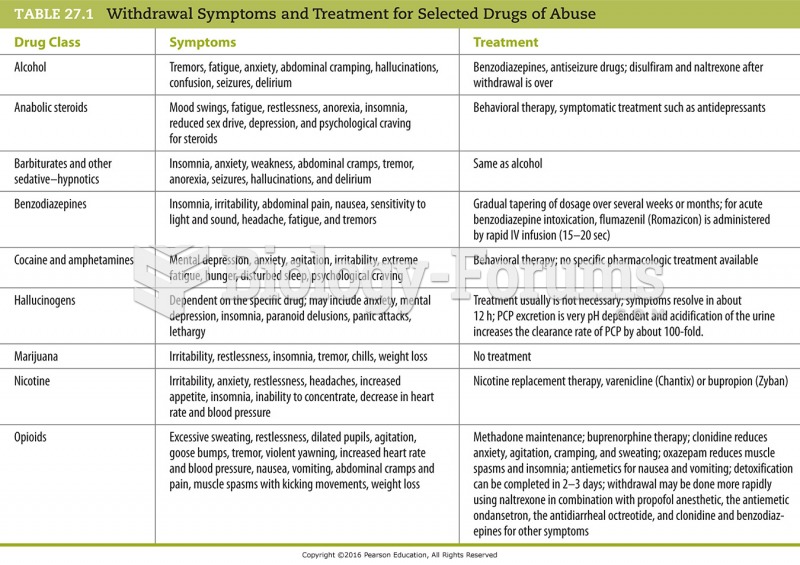Answer to Question 1
Correct Answer: 1, 2, 3
Rationale 1: Rotating shifts is a documented reason why some healthcare providers struggle from alcohol or drug addiction.
Rationale 2: Fatigue is a documented reason why some healthcare providers struggle from alcohol or drug addiction.
Rationale 3: Difficulty sleeping is a documented reason why some healthcare providers struggle with alcohol or drug addiction.
Rationale 4: An increased demand for health care providers is a reason why some healthcare providers struggle from alcohol or drug addiction.
Rationale 5: Increased tensions related to the job is a reason why some healthcare providers struggle from alcohol or drug addiction.
Global Rationale: Rotating, shifts, fatigue, and difficulty sleeping are all documented reasons why some healthcare providers struggle with alcohol or drug addiction. An increased demand for health care providers and increased tension related to the job are also reasons why some healthcare providers struggle from alcohol or drug addiction.
Answer to Question 2
Correct Answer: 2
Rationale 1: Alcohol is incorrect because opioids, alcohol, and CNS depressants all depress the CNS. Symptoms would include decreased blood pressure, decreased respiration rate, and constricted pupils.
Rationale 2: CNS stimulants increase activity of the CNS. Symptoms include increased blood pressure, increased respiration rate, dilated pupils, sweating, and tremors.
Rationale 3: CNS depressant is incorrect because opioids, alcohol, and CNS depressants all depress the CNS. Symptoms would include decreased blood pressure, decreased respiration rate, and constricted pupils.
Rationale 4: Opioid is incorrect because opioids, alcohol, and CNS depressants all depress the CNS. Symptoms would include decreased blood pressure, decreased respiration rate, and constricted pupils.
Global Rationale: CNS stimulants increase activity of the CNS. Symptoms include increased blood pressure, increased respiration rate, dilated pupils, sweating, and tremors. Alcohol is incorrect because opioids, alcohol, and CNS depressants all depress the CNS. Symptoms would include decreased blood pressure, decreased respiration rate, and constricted pupils. CNS depressant is incorrect because opioids, alcohol, and CNS depressants all depress the CNS. Symptoms would include decreased blood pressure, decreased respiration rate, and constricted pupils. Opioid is incorrect because opioids, alcohol, and CNS depressants all depress the CNS. Symptoms would include decreased blood pressure, decreased respiration rate, and constricted pupils.







